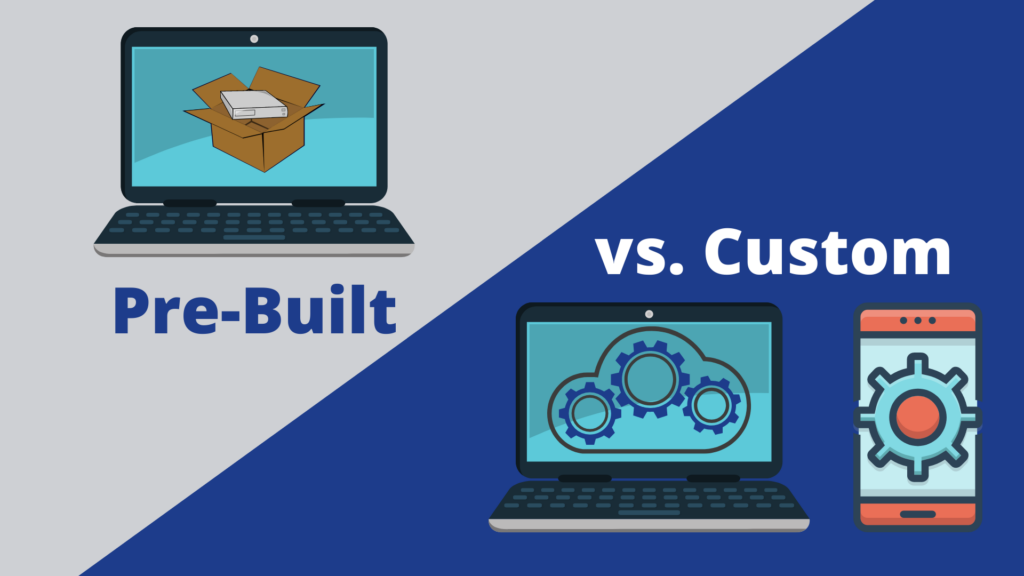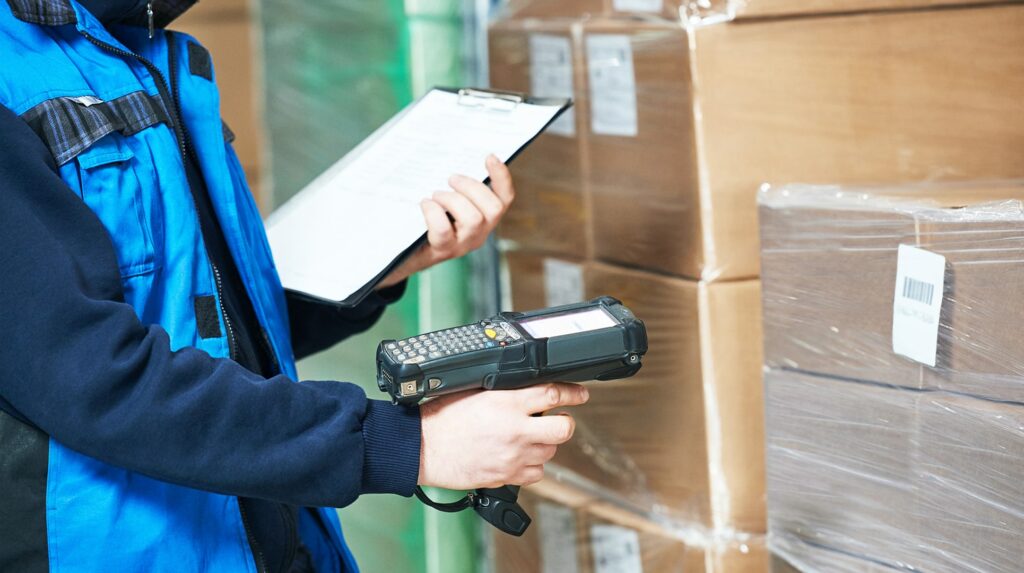It’s surprising, but here we are: in 2025, most construction and trade companies are still managing materials with spreadsheets—or worse, pen and paper.
Even larger firms with complex operations often rely on outdated systems that were either tacked onto accounting software or never fully adopted in the first place. And that’s a problem. Because materials aren’t just another line item—they’re the core of your operation. They’re the steel, the wiring, the fittings, the tools. They’re what keep jobs moving. Yet, most teams can’t confidently say what they have, how much, or where it is, which can severely impact warehouse efficiency.
That has to change.
Let’s break down the five critical things your warehouse and field operations need to boost efficiency and finally get materials under control.
Real-Time, Effortless Data Capture—Not Manual Data Entry
Here’s the biggest issue: most systems today still rely on manual data entry. They require someone to sit down at a desktop and type in every transaction—receiving, transfers, picks, usage, you name it. That’s simply not realistic for high-volume construction environments. You’d need a full-time data entry team just to keep up. It slows everything down and introduces errors.
What you need instead is real-time data capture—not data entry. Mobile devices, barcode scanners, even smartphones should allow your team to scan, confirm, and move on. No paperwork, no lag. Just instant updates. The moment someone puts a part away or takes one out, the system should record it automatically. That’s how you get a live view of your inventory at all times, improving warehouse efficiency.
Outbound Visibility—Know What’s Going Out, Not Just What’s Coming In
Most companies can manage incoming materials, but once those materials are being used—especially by busy field crews—that visibility can disappear. Once you lose track of what’s being used on the job, you lose control of costs.
The solution? Your materials system must capture consumption at the point of use, whether it’s at the job site, in the warehouse or shop, or on the move. That means it has to work on any device—phones, tablets, scanners—so your techs can scan items as they go. If it’s fast and easy, they’ll actually use it. And when they use it, you get accurate, real-time data for job costing, forecasting, and reordering, all contributing to better warehouse efficiency.
Automated Workflows That Match How You Actually Operate
Let’s be honest—most “inventory” systems were designed for accountants, not warehouse or field teams. They can handle basic stock counts, but they fall apart when it comes to the real-world complexity of construction workflows.
Receiving. Put-aways. Transfer requests. Picks. Deliveries. Returns. Emergencies. Every job, every yard, every team has its own variation. If your system can’t handle those differences—and automate the process—it becomes the bottleneck instead of the solution.
Modern systems built specifically for construction understand these nuances. They let you configure workflows, track status, assign accountability, and keep everything moving without having to slow down for data entry.
Seamless Integration with Accounting—No Extra Work, No Delays
Here’s where most standalone systems hit a wall: they don’t talk to your accounting software.
That means manual journal entries, delayed cost reports, and wasted time reconciling spreadsheets between departments.
What you need is real-time, automatic integration. Material movement should instantly reflect in your job cost reports, purchase histories, and financials—without anyone needing to import or reconcile anything. Whether you use Viewpoint Vista or another ERP, integration shouldn’t be an afterthought. It should be built-in.
Universal Access Across All Devices—So Everyone Can Use It
You can’t always afford to put a $2,000 scanner in every tech’s hands, and you shouldn’t have to. Your team needs a system that works on anything—a phone, a tablet, a browser, a rugged scanner—whatever they have in their pocket. That way, everyone who touches materials can track them properly, whether they’re in the warehouse or in the field.
With just a camera, a barcode, and a few taps, they should be able to record usage, request transfers, or complete a delivery. The key is simplicity. If it’s intuitive and fast, people will use it—and your materials data will finally be reliable, leading to improved warehouse efficiency.
The Materials Tracking Problem Isn’t Just a Tech Problem—It’s a Workflow Problem
Construction and trade businesses are sitting on the biggest ROI opportunity in their operations: automating how they manage materials. The right system doesn’t just track inventory—it captures reality. Who did what, when, where, and why.
And when it integrates seamlessly with your accounting system, captures consumption in the field, adapts to your workflows, and works on any device, you’ll finally have full control over your materials—without more overhead or administrative work.
Ultimately, at the end of the day, your team isn’t paid to enter data. They’re paid to build. Let’s give them the tools that help them do just that.
Nobious: Build Efficiency in Your Warehouse
Discover how our integrated solutions can optimize your manufacturing and construction operations and enhance warehouse efficiency. Contact us for a consultation.



